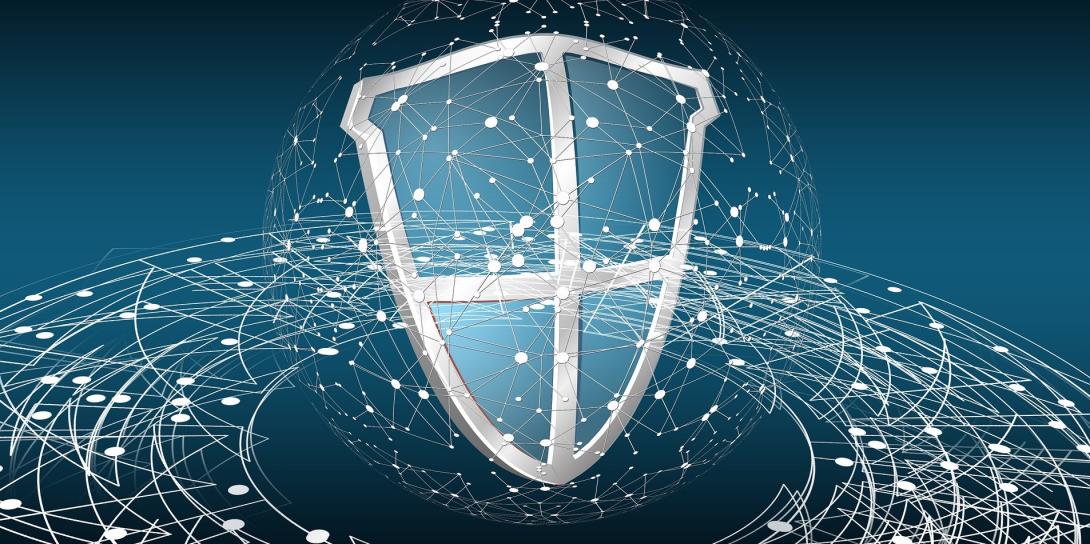DISA Plans No Pressure on Thunderdome
Defense Information Systems Agency (DISA) officials do not plan to try to force others in the Defense Department or military services to use its zero-trust solution known as Thunderdome.
Thunderdome is a fledgling program that offers a range of capabilities, including secure access service edge (SASE), software-defined area networking (SD-WAN), identity credential access management (ICAM) and virtual security stacks.
SASE, which is pronounced “sassy,” is a technology package that includes SD-WAN, firewall as a service and cloud access security broker. While SASE has been implemented across much of the commercial world, it has not yet been widely adopted by the government.
DISA officials express great excitement about Thunderdome, and the services—especially the Navy—already are cooperating pretty closely with DISA during the acquisition process, but Stephen Wallace, systems innovation scientist, Emerging Technology Directorate, DISA, said the agency will not pressure others to adopt Thunderdome.
Wallace made the comments during the AFCEA TechNet Augusta conference in Augusta, Georgia. Along with Wallace, Angela Landress, DISA’s Thunderdome program manager and chief for Perimeter Security Division, and Maj. Gen. Garrett Yee, USA, DISA’s assistant to the director, participated in a Thunderdome panel at the conference.
Asked who the target audience is for Thunderdome, Wallace responded that the target is the entire department, beginning with the so-called fourth estate agencies. “We hope that the entire department and all the services will see value in it. The bottom floor is the fourth estate. We have all the services involved in the acquisition,” said.
Stephen Wallace, systems innovation scientist, Emerging Technology Directorate, @USDISA: SASE is VPN on steroids.#AFCEATechNet
— George Seffers (pronounced See furs) (@gseffers) August 18, 2021
The agency does not intend to pressure anyone, however. “But the other side of the coin is that we’re not going to try to force the entire department onto the solution. We want to make it good enough that if you see value in it, you come. And if you don’t and you want to go your own route, that’s fine too. The concern we do have with going their own route—there’s one of the services that’s already down this road quite a way—is interoperability.”
DISA officials said Thunderdome includes a total of seven capabilities aligned with the Defense Department’s seven pillars of zero trust, which include the user, the device, the network, the applications, the analytics and the automation and orchestration.
Stephen Wallace, systems innovation scientist, Emerging Technology Directorate, @USDISA, says Thunderdome looks at the entire user experience from the access point to the point where they access the data.#AFCEATechNet
— George Seffers (pronounced See furs) (@gseffers) August 18, 2021
Landress recently conducted an extensive, exclusive interview with SIGNAL Magazine to provide details on the Thunderdome program. The interview included Serena Chan, who directs DISA’s Cyber Development Directorate.
Angela Landress, Thunderdome program manager, @USDISA: Being a data-centric environment is so important to fight the fight. #AFCEATechNet
— George Seffers (pronounced See furs) (@gseffers) August 18, 2021
The program’s name was inspired in part because DISA operates in a contested battlespace. Also, from an architectural perspective, domes are lighter and quicker to construct than traditional buildings and also are one of the strongest designs because they support the weight of the roof evenly so that no single point supports the entire load or gives way under stress. Officials say this adequately describes DISA’s implementation of zero trust through Thunderdome, which contains many zero trust concepts that work together to create one strong, efficient and architecturally sound approach to a cloud-based implementation.





Comments